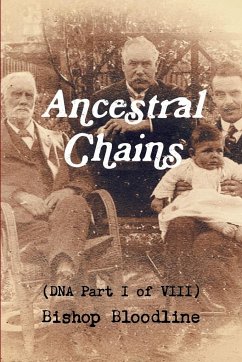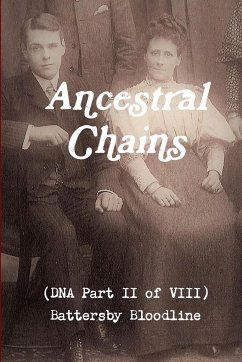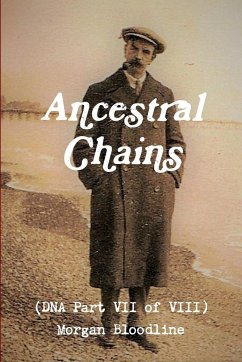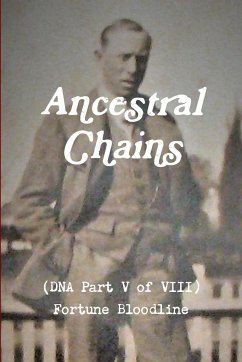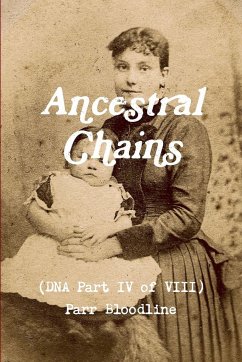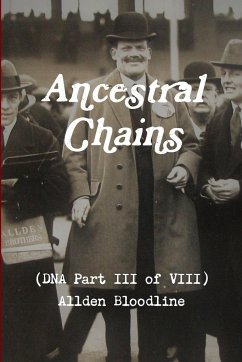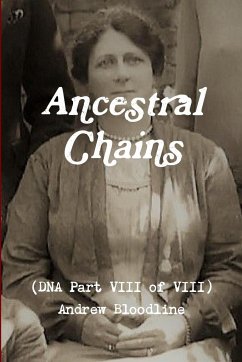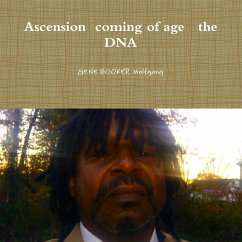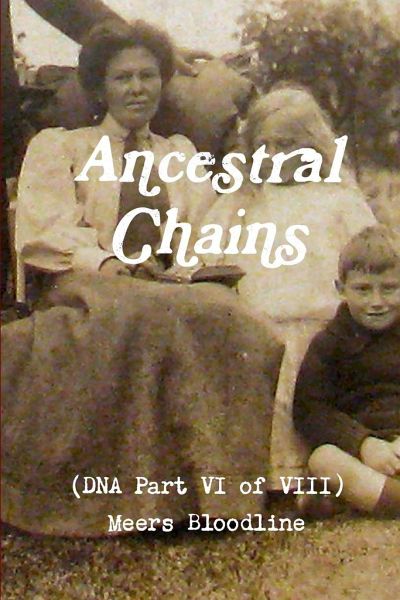
Ancestral Chains (DNA Part VI of VIII) Meers Bloodline
Versandkostenfrei!
Versandfertig in 1-2 Wochen
30,99 €
inkl. MwSt.

PAYBACK Punkte
15 °P sammeln!
Refugees have been part & parcel of the social history & landscape of the British Isles since time immemorial. They have come in waves and they have arrived in droves. They have melted into the DNA pot, enhancing and enriching all aspects of society. Growing up in the Thames Valley, the author would often hear the Italian name Gagette, one or several refugees who arrived on these shores as a result of the French Revolution. One Gagette descendant married into the Meers family of Dickensian Bethnal Green; and they were poor by the standards of some of his other ancestors. It was when Eliza Pris...
Refugees have been part & parcel of the social history & landscape of the British Isles since time immemorial. They have come in waves and they have arrived in droves. They have melted into the DNA pot, enhancing and enriching all aspects of society. Growing up in the Thames Valley, the author would often hear the Italian name Gagette, one or several refugees who arrived on these shores as a result of the French Revolution. One Gagette descendant married into the Meers family of Dickensian Bethnal Green; and they were poor by the standards of some of his other ancestors. It was when Eliza Priscilla Meers married a hard working and enthusiastic young man who was to work as an engineer in Gibraltar and later as the Thames Conservancy Engineer for the area between Teddington and Windsor, that fortunes changed for the better. But in ancestral research, change is never far away it seems and tragedy can be found just around the next bend of Old Father Thames. For, like that river, life has its currents and eddies.





